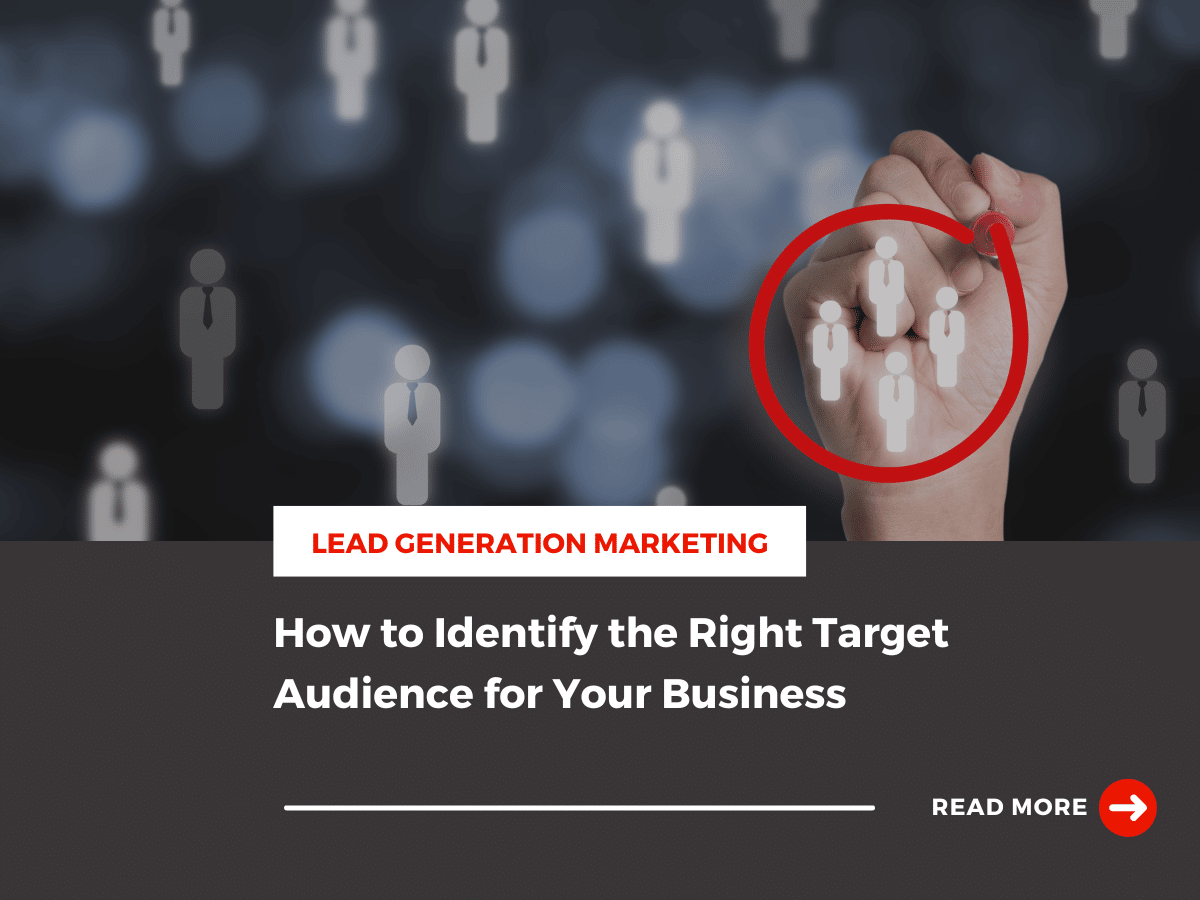Everything you do is for your customers. The content you create, the products you sell, and the brand you’ve built are all for the target demographic you market to.
However, when was the last time you took a step back and considered your intended audience? Who are you actually making your products for, and who are the ones that are buying them? Are these audiences different? And if so, in what ways are they the same?
All these questions have the power to fuel your next big marketing strategy and provide you with the insight you need to rethink the content you create and who you create it for.
We’re here to help you conduct a target audience analysis for your business so you can start creating target marketing strategies that help you see results.
Let’s dive in:
What is a Target Audience?
Your intended audience is a group of individuals who are the most inclined to buy a product or service from your website. This group of people is who you’ll want to tailor your content and marketing strategies toward.
With insights into this audience, you can rethink your marketing initiatives and find new ways to position your products, services, and content to meet their needs. How niche or broad your target audience depends on your industry and what you sell.
For example, if you’re selling durable dog toys, your audience would need to be refined to pet owners. If you’re a real estate business, your audience would be first-time homeowners. While both of these audiences are still somewhat broad, you’ll want to use other analytics and tools to help refine it even further than that.
What are the Types of Target Audiences?
Every audience has unique attributes that make up a demographic. While everyone is different in their own way, there are still ways to successfully group individuals into demographics to help you define your campaigns and target marketing strategies to effectively generate leads for your business.
There are three types you’ll want to focus on:
Purchase Intent
Their intent is to purchase a product similar to what you sell. Purchase intent individuals actively search for exactly what they need. This can be anything from innovative camping gear or wireless headphones to organic dog food brands or professional women’s clothing.
You’ll want to use your marketing to get in front of purchase-intent individuals because they are the most inclined to add to cart, and it will be easier for you to persuade them to pull the trigger and make a purchase.
Interest
These are people with similar hobbies, motivations, or behaviors. If you know your target demographic’s interests, you can use them to adjust your campaigns and connect with new customers.
For example, if someone likes to snowboard, they may start to feel more inclined to shop for snowboarding gear before the season starts, which is the perfect time to strategize how you can market to them.
Subculture
Subcultures are groups of people that share unique experiences, preferences, tastes, or have similar buying habits.
Subcultures are things like the same music taste, individuals who only shop for Christmas gifts on Black Friday, or people who follow fad diets.
Seven Ways to Identify Your Target Audience
1. Conduct Industry Research
Industry research provides vital insight into individuals actively seeking your products and services. It will show you emerging trends and the latest developments and give you an inside look at what people are buying and why.
2. Think About the Customer Journey
Every customer journey is different. The people that discover you organically on social media aren’t going to be the same that find you through paid advertising. You’ll want to take a closer look at the demographics of each and fully understand their journey through the sales funnel.
You’ll want to consider things like, do individuals that come from social media have a higher lifetime value? Are your newsletter subscribers buying from your site? With these insights, you can fully understand the type of individuals interacting with your content. This insight will help you understand who is and isn’t actively engaged with your brand online.
3. Be Specific
You can’t just use your audience’s age, gender, and location. While these details are crucial, you’ll need to take this one step further.
Let’s break it down.
Let’s say your target demographic is single millennial women living in New York City. However, we both know you can get more detailed than that.
Instead, say your intended audience is working professionals between the ages of 25-35 that work in publishing and spend their downtime reading the latest issue of Cosmo.
Adding this extra detail helps you rethink which digital marketing channels you’ll want to use and the language that would appeal to them the most.
4. Analyze Your Current Customers
If your intended audience doesn’t look similar to your current audience, something is wrong. Your current customer data provides invaluable data into what is and isn’t working for your brand. With these insights and data, you can search for like-minded individuals to sell to and refine your intended audience with data-driven understandings.
Here are a few tools to help you get started:
-
- Google Analytics
- Social Media Analytics
- Customer Reviews
- Website Performances
- Surveys and Consumer Insight Tools
- Purchasing History
5. Create Customer Personas
Customer personas are a profile of your ideal customer and include information like age, location, occupation, likes, and dislikes.
These are valuable tools for any business that wants to grow. With this information, you can strategically target your marketing initiatives and fine-tune your advertising strategy.
Here’s what every customer persona needs:
-
- Age
- Gender
- Location
- Income
- Education level
- Occupation
- Marital status
- Likes and dislikes
- Publications they read
- TV shows they watch
- Brands they shop with
Keep in mind: You’ll want to create at least 3-4 personas. These will be your guide for creating marketing content, choosing which digital marketing channels to focus on, and finding new ways to find individuals that fit this persona.
6. Use Your Current Data
All of the historical and current data you have provides insights into your brand’s success. You can use Google Analytics and other outside resources to help you understand what audience your content resonates with and how you can revise your strategy to expand your reach.
You should analyze your current data quarterly to find ongoing changes with your audience and discover new opportunities. Make a habit of looking at the analytics of every social media post, email marketing campaign, and paid advertising campaigns you run.
7. Competitor Analyze
You’ll want to create customer profiles that represent who your competition is marketing towards. Make a running list of their strengths and weaknesses. Gather information on their marketing initiatives, products, and overall approach.
With this insight, you can restructure your marketing strategy to highlight ongoing pain points or challenges you think their current customers may be facing.
Adjust Your Marketing Strategy With Kanbar Digital
At Kanbar Digital, we’re all about fine-tuning your marketing strategy to meet the needs of your target audience. Our team of experts is here to help you identify challenges, find opportunities and adjust your strategy that leads to better results.
Contact us today if you’re ready to get more from your current marketing initiatives.




